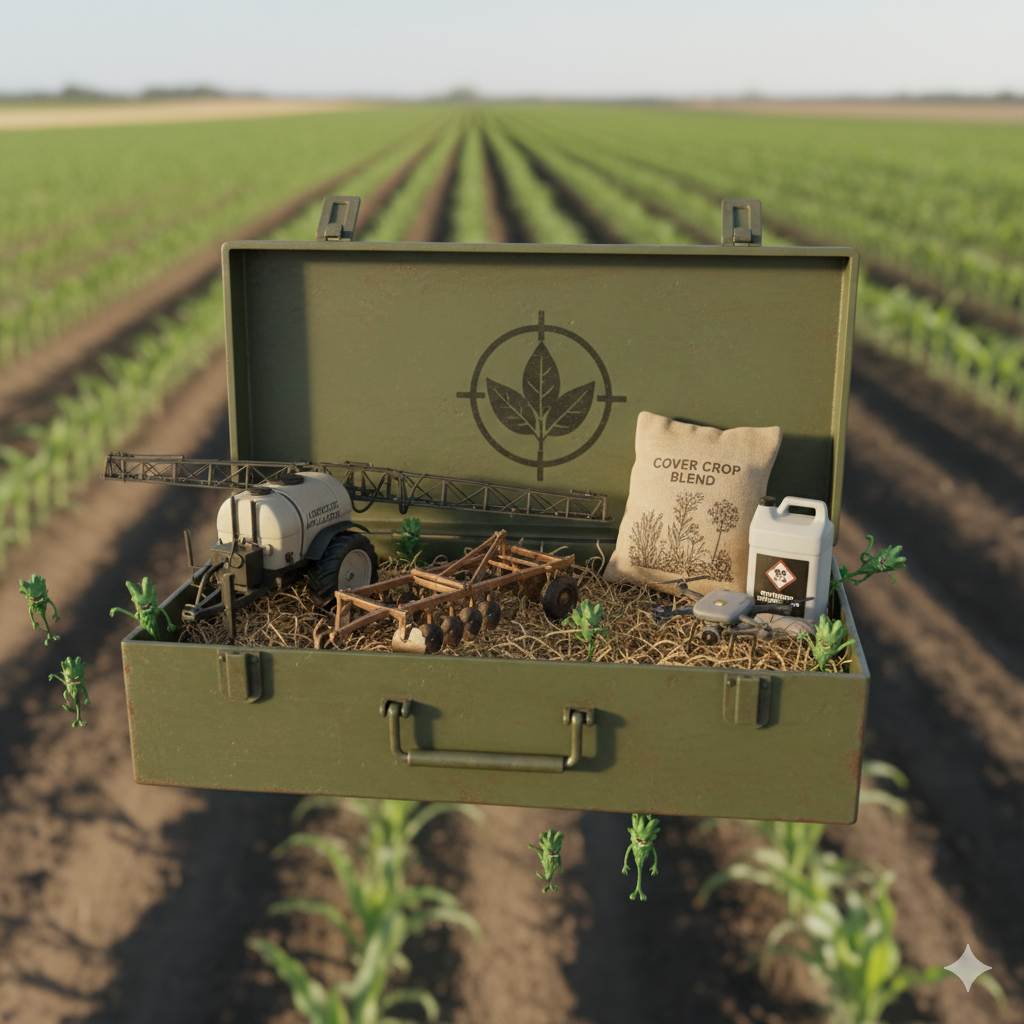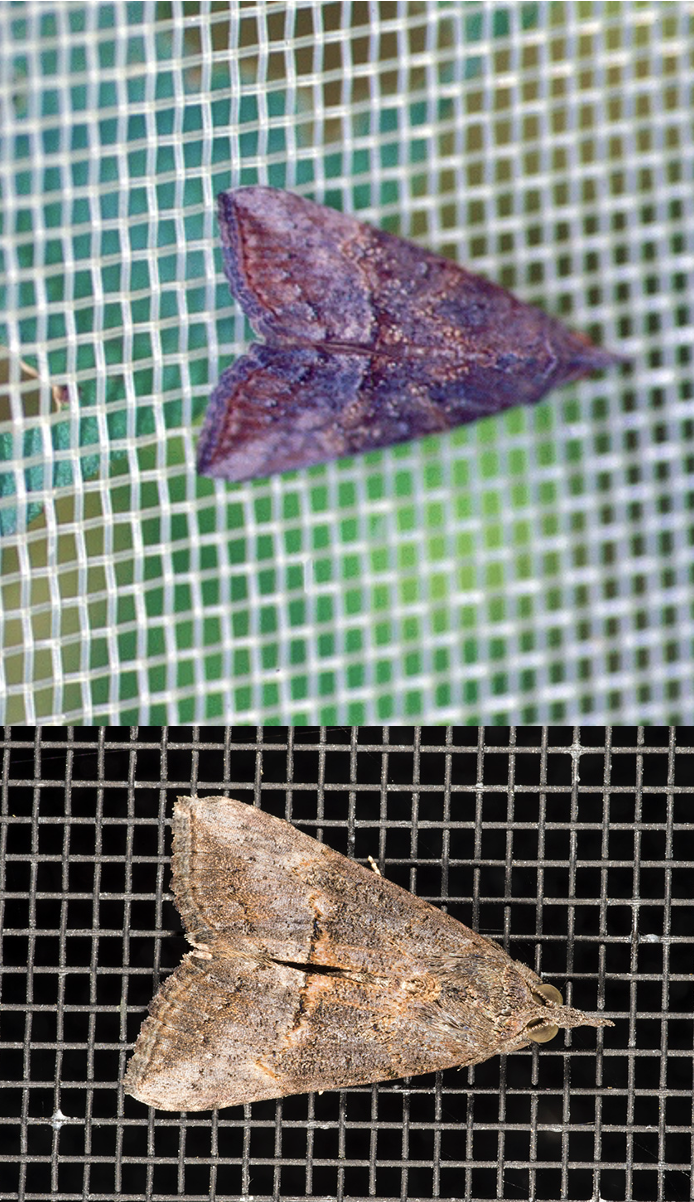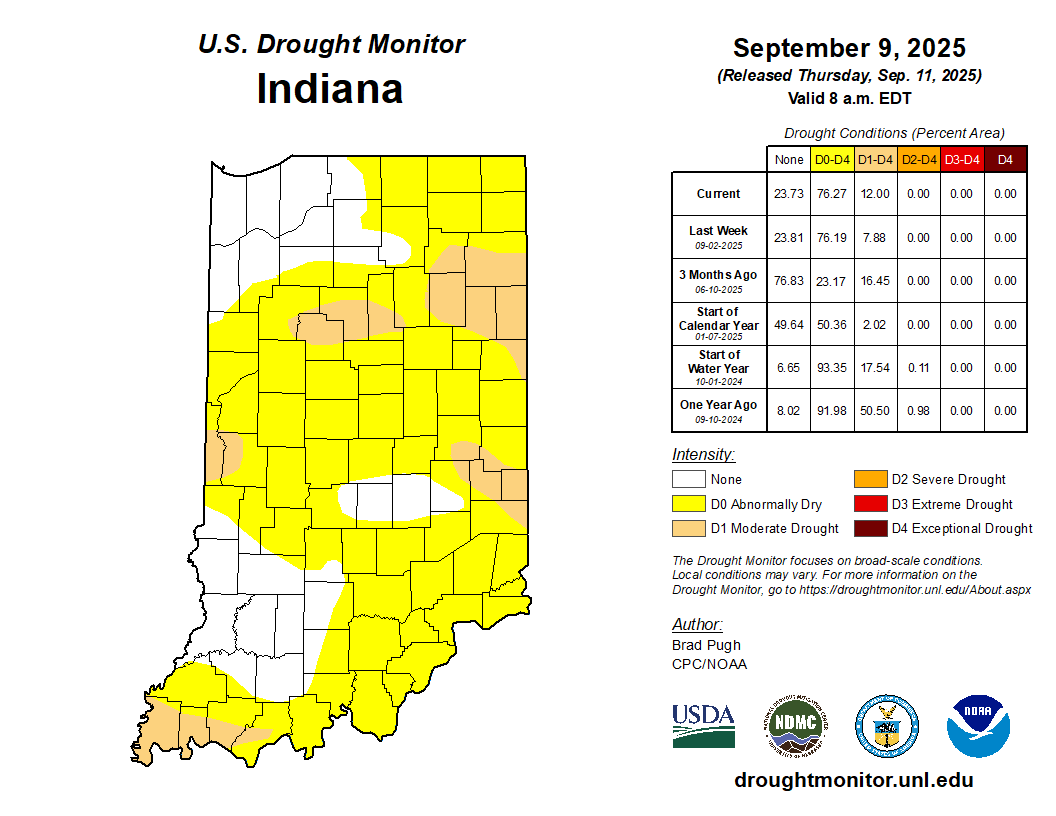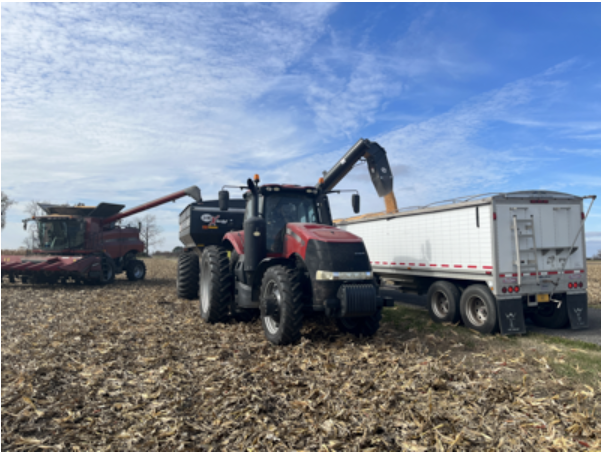If you are involved with alfalfa production, you may recall some spring-time discussions and newsletter articles earlier this year about alfalfa weevil and the potential issue of resistance.
If you are involved with alfalfa production, you may recall some spring-time discussions and newsletter articles earlier this year about alfalfa weevil and the potential issue of resistance.
The 2026 Crop Management Workshops are scheduled for January 28 and 29, 2026.

Weeds continue to be increasingly challenging each year with herbicide resistance concerns on the rise, persistent challenging environmental conditions, and further spreading across the state (particularly with waterhemp).

Prior to the rain event October 6-7, 2025, most of Indiana had only received between 0.5” – 2.5” of precipitation over the past 30 days.

Fall and drought have been nearly synonymous in recent years; 2025 is no different.

The Midwestern Regional Climate Center (MRCC) has launched a new version of cli-MATE, its main online portal for United States climate data, analyses, statistics, maps, graphics, and other information.

Most likely you have seen some darkly colored moths flying around farms, homes, and yards, especially to lights at night.

The last week has caused many to struggle with whether to turn the heat on inside.

Corn grain is composed of dry matter (the important stuff) plus a certain amount of water. In other words, some of the “grain” weight that farmers sell to the grain buyer is actually water, not dry matter.

In Indiana, five ear rots can lead to mycotoxin production in corn.
© 2026 Purdue University | An equal access/equal opportunity university | Copyright Complaints | Maintained by Pest&Crop newsletter
If you have trouble accessing this page because of a disability, please contact Pest&Crop newsletter at luck@purdue.edu.